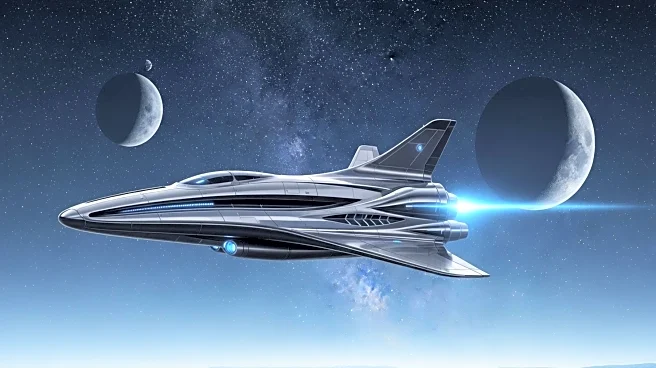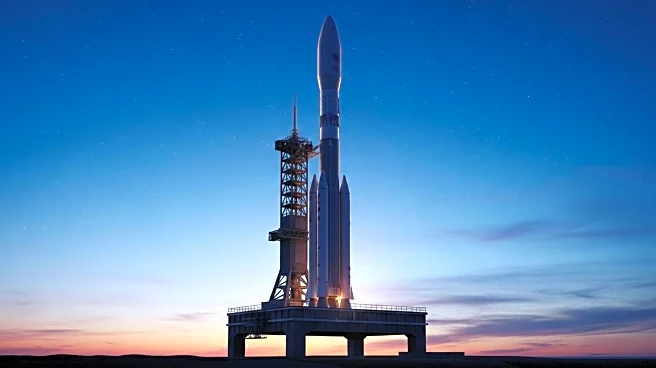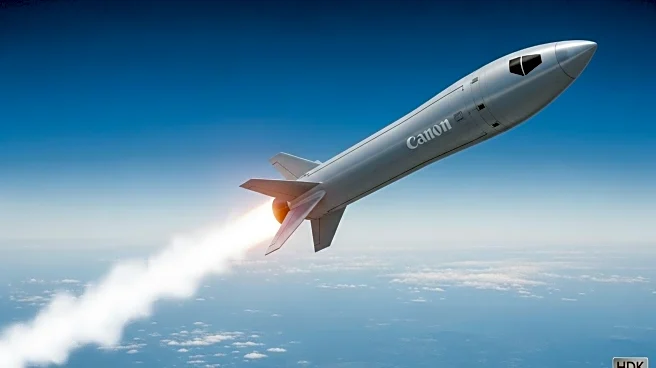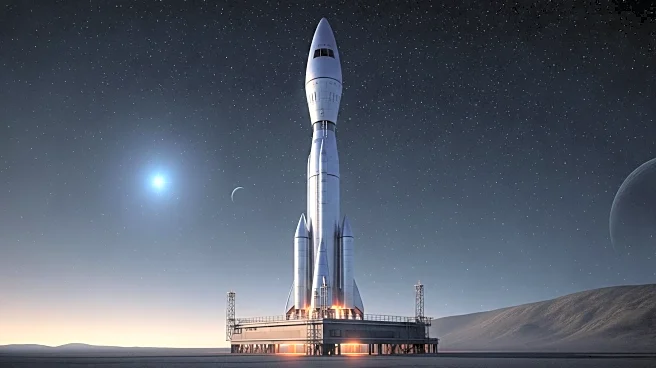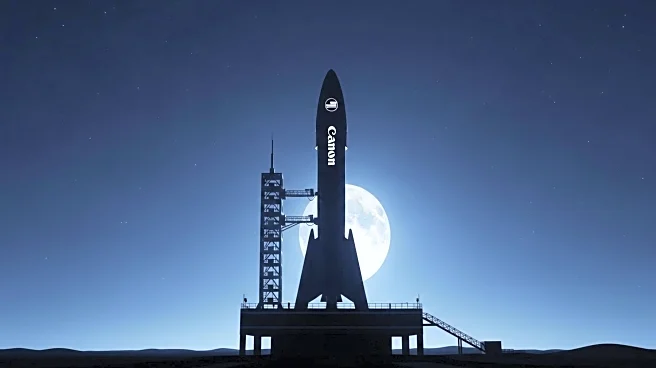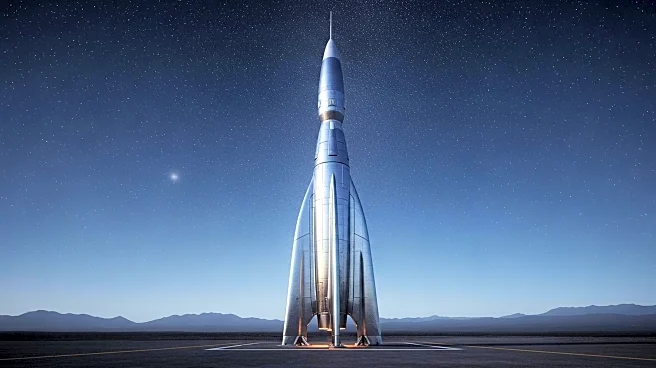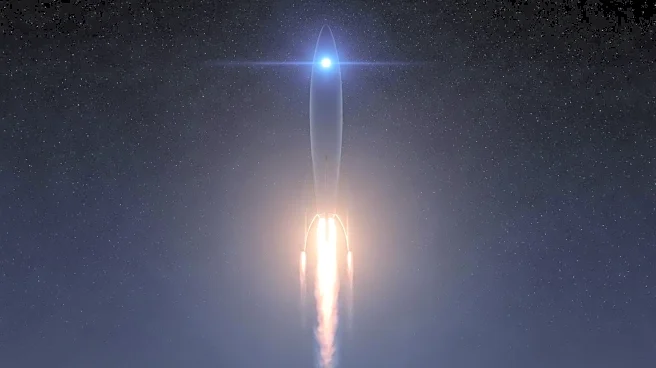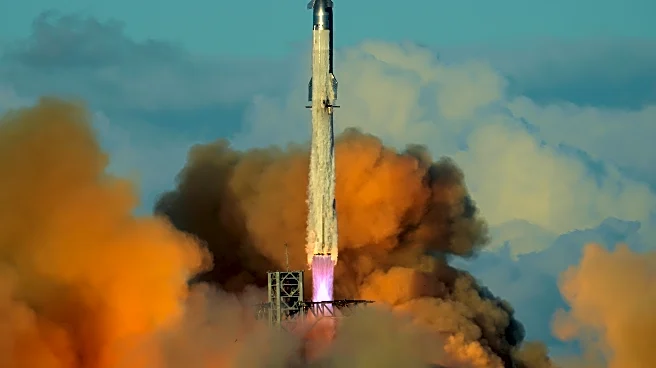What's Happening?
SpaceX successfully launched its 11th Starship rocket from Texas, landing it in the Indian Ocean. This marks the final test flight before the company begins launching a new version of the rocket with features designed for moon and Mars missions. The Starship, which includes the upper stage stacked atop its Super Heavy booster, launched from SpaceX's Starbase facilities. After sending the Starship stage to space, the Super Heavy booster returned for a soft landing in the Gulf of Mexico. The mission deployed mock Starlink satellites and tested new heat shield tiles during its return. SpaceX plans to launch a more advanced Starship prototype with upgrades essential for long-duration space missions, including docking adapters for orbital refueling.
Why It's Important?
The successful test flight is a significant step towards SpaceX's goal of landing humans on the Moon and Mars. The Starship rocket is crucial for launching heavier satellites and is central to SpaceX's mobile broadband ambitions. The development of the Starship is part of a $3 billion contract under NASA's Artemis program, aiming to return humans to the Moon by 2027. This positions SpaceX at the forefront of the U.S. space race against China, which plans its own crewed lunar landing by 2030. The advancements in Starship technology could accelerate the timeline for human exploration of the Moon and Mars, impacting international space competition and collaboration.
What's Next?
SpaceX plans to launch an upgraded Starship prototype by the end of the year or early next year. This version will include features necessary for long-duration missions, such as orbital refueling capabilities. SpaceX CEO Elon Musk anticipates a refueling mission with two Starships next year, a milestone NASA expected to occur this year. Achieving successful refueling and lunar landing tests are critical objectives before the rocket can carry humans to the lunar surface. These developments are essential for meeting the 2027 deadline for a crewed Moon landing under NASA's Artemis program.
Beyond the Headlines
The advancements in SpaceX's Starship technology could have broader implications for the future of space exploration. The ability to refuel in orbit and land on the Moon's surface could pave the way for more sustainable and long-term human presence in space. This could lead to new opportunities for scientific research, international collaboration, and commercial ventures beyond Earth's orbit. The race to develop these technologies also highlights the growing competition between nations in space exploration, potentially influencing geopolitical dynamics.
